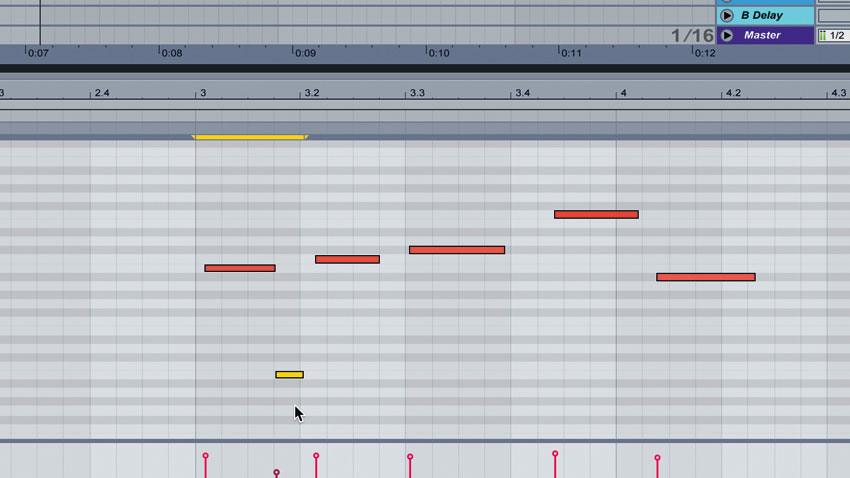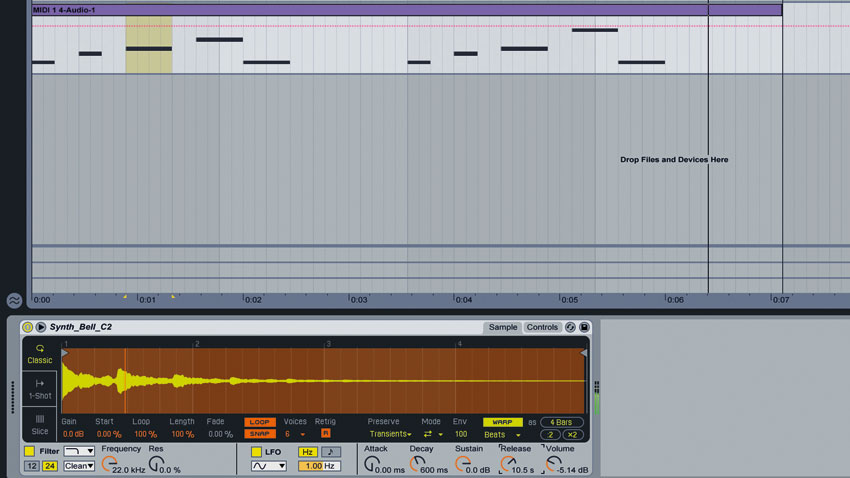How to turn a vocal recording into MIDI in a DAW
Got a melody in your head but don't know how to transcribe it as MIDI note data? Your DAW might be able to do it for you…

RECORDING WEEK: Once the stuff of music production dreams, audio-to-MIDI conversion is now a feature of many DAWs, enabling us to grab beats, basslines and melodies from audio recordings as MIDI note data, reprogram them and use them to trigger any sound sources we like. It's amazing.
One of the most useful applications of MIDI conversion, though, is as a means of getting musical ideas out of your head and onto your arrange page. In this walkthrough, we'll show you how it's done - before you start, make sure you download the tutorial files.

Step 1: Many DAWs can convert audio into MIDI, and it's great for getting ideas out of your head and onto the screen super-quick, just by humming or singing. We'll show you how to do it in Ableton Live, so load Garage Loop.wav onto an audio track in a 135BPM Live project, then loop it for playback.

Step 2: Now add a new Audio Track (Cmd-T), and set it up for recording. Hit record, and sing or hum your idea. Try making different vocal sounds - ahhs, oohs, hums, and so on - to find something that feels easy and natural for you. Hit Stop when you're done.

Step 3: Access your takes by pulling out the left edge of the clip. Once you've picked the best one, right-click it and select Convert Melody to New MIDI Track. Your singing is now converted to MIDI! Before you mute the vocal, play it back alongside the MIDI clip and listen for clashing, missing, or added notes such as the yellow one shown here - fix any mistakes now.
Uncorrected
Corrected
Want all the hottest music and gear news, reviews, deals, features and more, direct to your inbox? Sign up here.

Step 4: You can now mute the vocal, and you may also want to quantise the MIDI for tighter timing. Once you've tweaked the MIDI to perfection, load any instrument you like - we've used Synth_Bell_C2.wav - in a Simpler. The same sample works well an octave up, too.
Recording Week is brought to you in association with Universal Audio. Check out the Recording Week hub page for more tips and tutorials.
Computer Music magazine is the world’s best selling publication dedicated solely to making great music with your Mac or PC computer. Each issue it brings its lucky readers the best in cutting-edge tutorials, need-to-know, expert software reviews and even all the tools you actually need to make great music today, courtesy of our legendary CM Plugin Suite.
